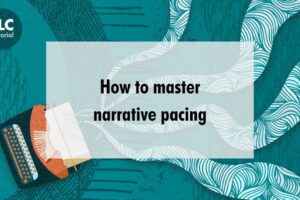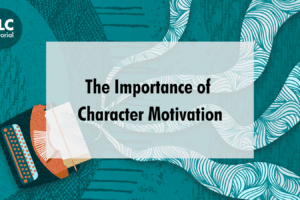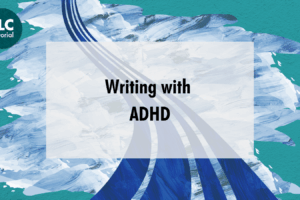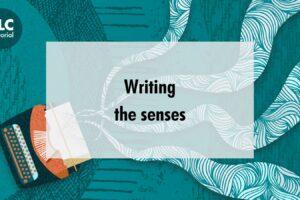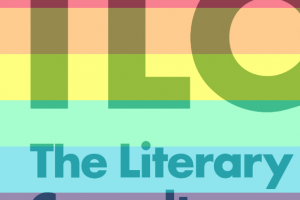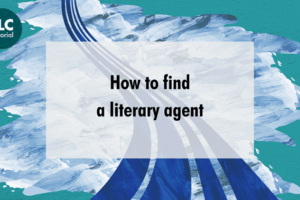There are so many things we worry about when trying to draft our very first, full length masterpieces; or as others might call it, the manuscript. We worry about the characters, the plot structure, the language and even the meaningfulness of the words on the page. One thing we often don’t think too much about as we are writing, is narrative pacing.
Pacing is less about what happens in your story and much more about how quickly you chose to get there. And as irritating as it is, most of the time, we only really figure out the right pace of the story once we’ve written the final words of the manuscript. But it also has to be that way, because to get the pacing right, you need to be at a stage where you’re ready to edit your words.
I cannot stress enough how important it is to get into the habit of taking time away from your writing, so that you can come back to it with fresh eyes and be your own editor. Perfecting your pacing demands time and great attention to detail, and it can only happen if you’re confident in your story, the narrative journey, and the internal emotional arcs of your characters.
However, there is no one way to do it; this is just the way that I do it. And I begin with most things by asking questions. I have to interrogate my own ideas to ensure that I am running alongside the story at a pace and not just chasing it down whilst trying to catch my breath.
Question 1: What kind of story are you trying to tell?
If the story is one with a lot of action, drama and plot twists, how quickly you reveal things to the reader is going to feed directly into that. If the story is deeply character-driven with lots of emotion, the plot needs to be revealed much slower, to give the reader a chance to digest what’s going on. And if the story opens with a lot of world building before we get to know the characters and the crucial plot points, then consider starting your narrative off slowly and increasing its speed (that is, the volume and time it takes for things to happen) as the story unfolds; most likely because it will be heading towards a crescendo.
Either way, whichever genre you’re writing in requires you to know your story extremely well, before you can figure out the best way to tell it.
Question 2: What is the driving force of your narrative?
If it’s character led, maybe your protagonist is working towards getting something they have never had before? If so, do they get it early on or later in the story? If it’s earlier, maybe it serves the story to begin fast and slow down as the narrative unfolds? And if it’s later, would the opposite pacing work better?
If the key driver of your narrative is some kind of change – either in your character or the world they inhabit – consider keeping each chapter moving at regular increments, so that the change feels gradual and the reader feels like they are discovering things as they happen.
Question 3: How do you want the reader to feel in the final chapter?
This is always a difficult question to answer, and one I wouldn’t often consider until I am nearing the end of the editing process. In relation to the pace of your story however, what the reader might think and feel becomes incredibly important. During that final chapter, your reader is likely ready for the end of things; they know it’s coming even if they don’t know how. So, are you preparing them for a twist? Have they reached this point at a racing speed because there is a thrill to come? Or have they made their way slowly towards an eventual end that will answer a question from chapter one?
Whether they have been propelled toward the end or taken lightly by the hand to happily follow the winding road of your narrative, the speed you have chosen to carry them there will inevitably impact your final chapter. Thus, decide how you want them to feel turning that last page: waiting to take a breath, ready to release one, or searching desperately for the next one?
No one gets pacing right the first time and it usually involves a lot of chopping, changing and restructuring; but once you understand your narrative, you’ll have everything you need to set the right pace.


